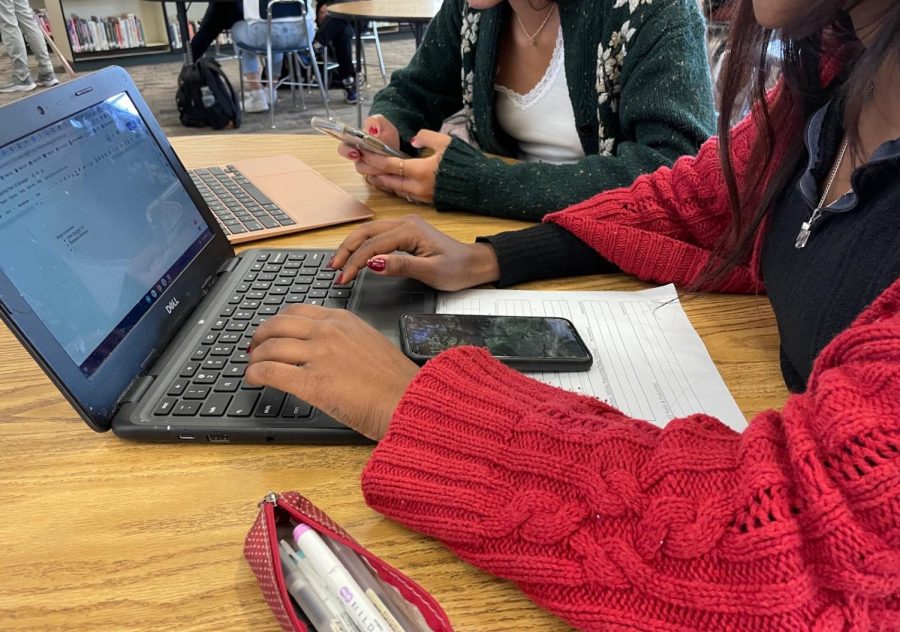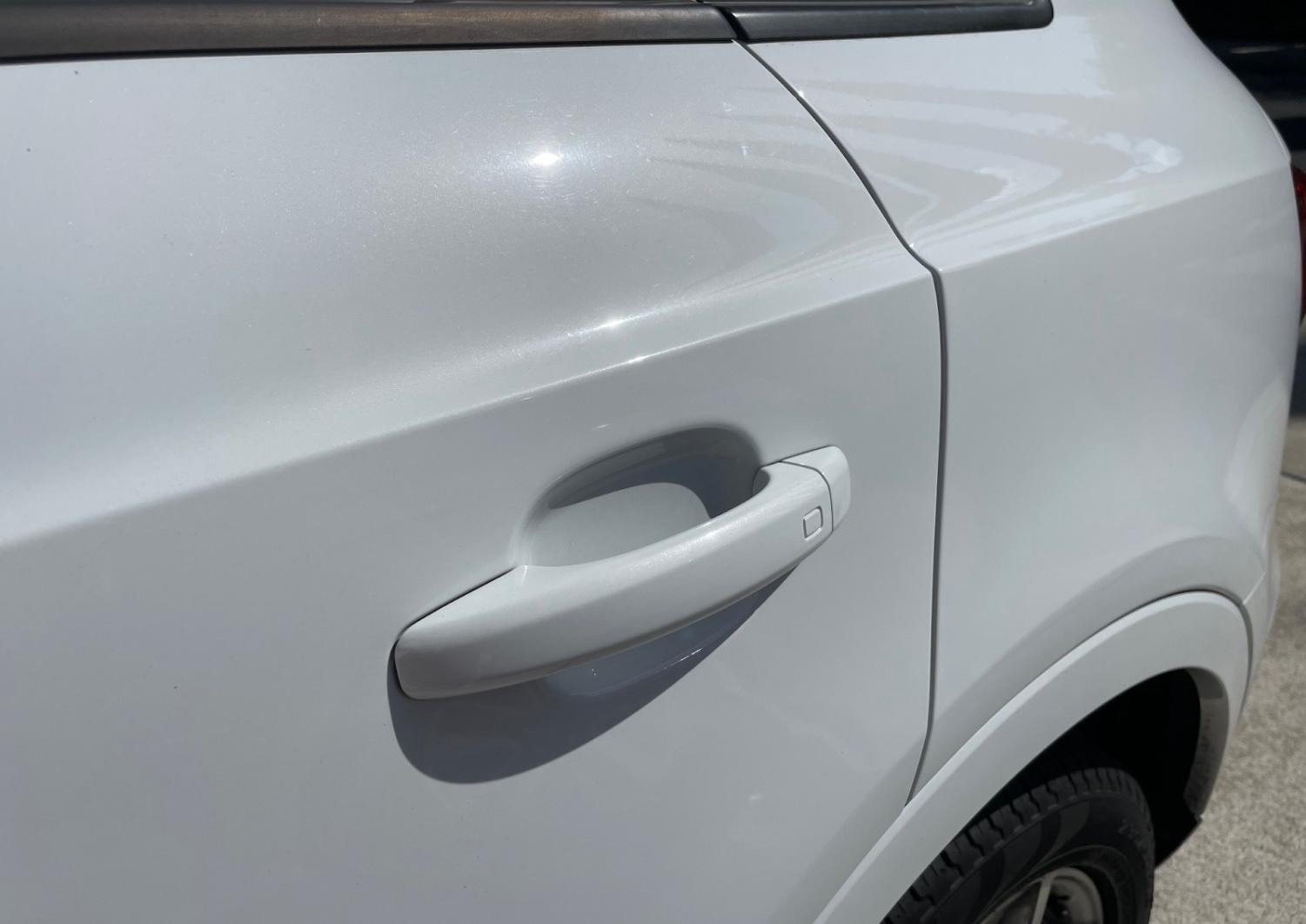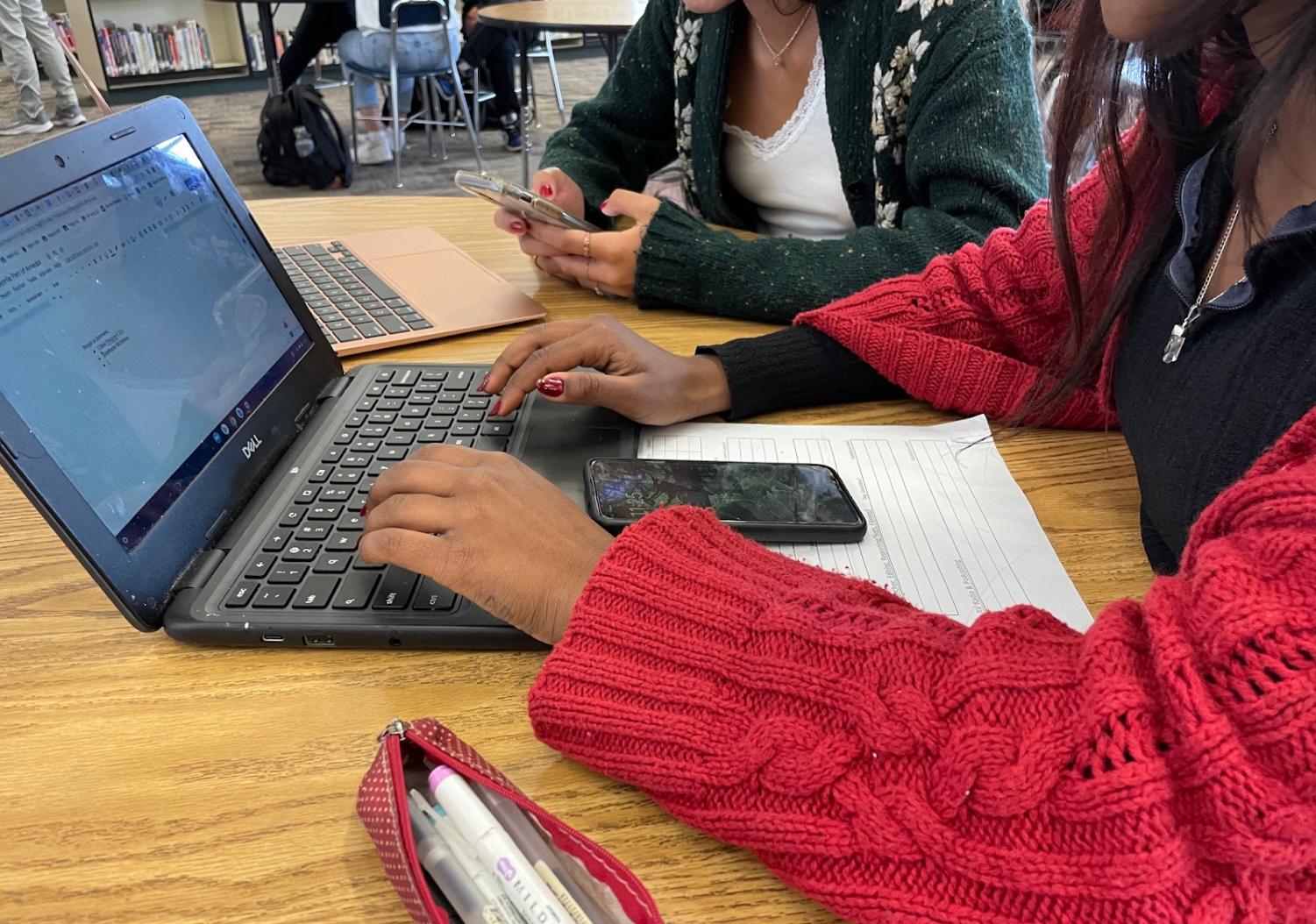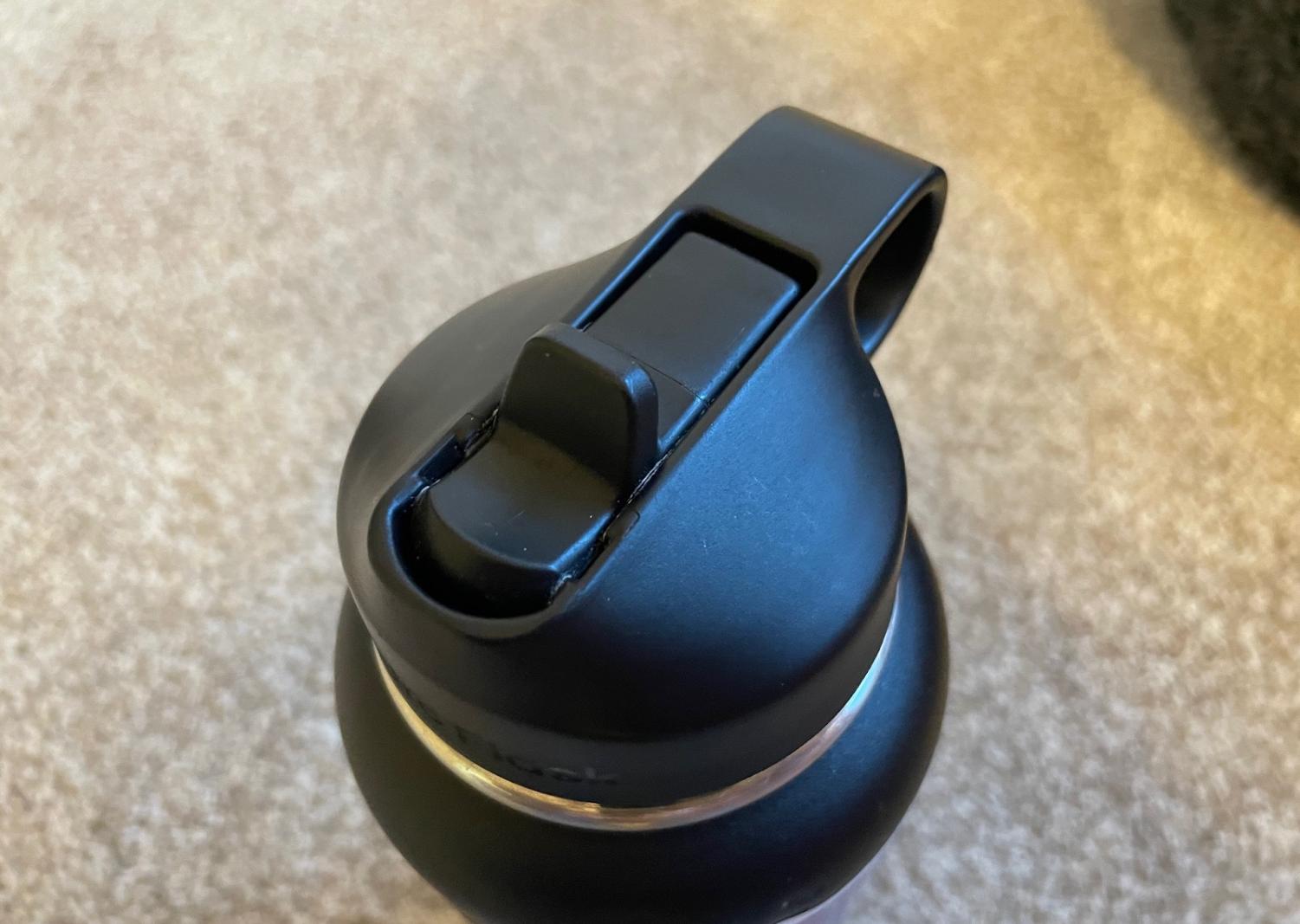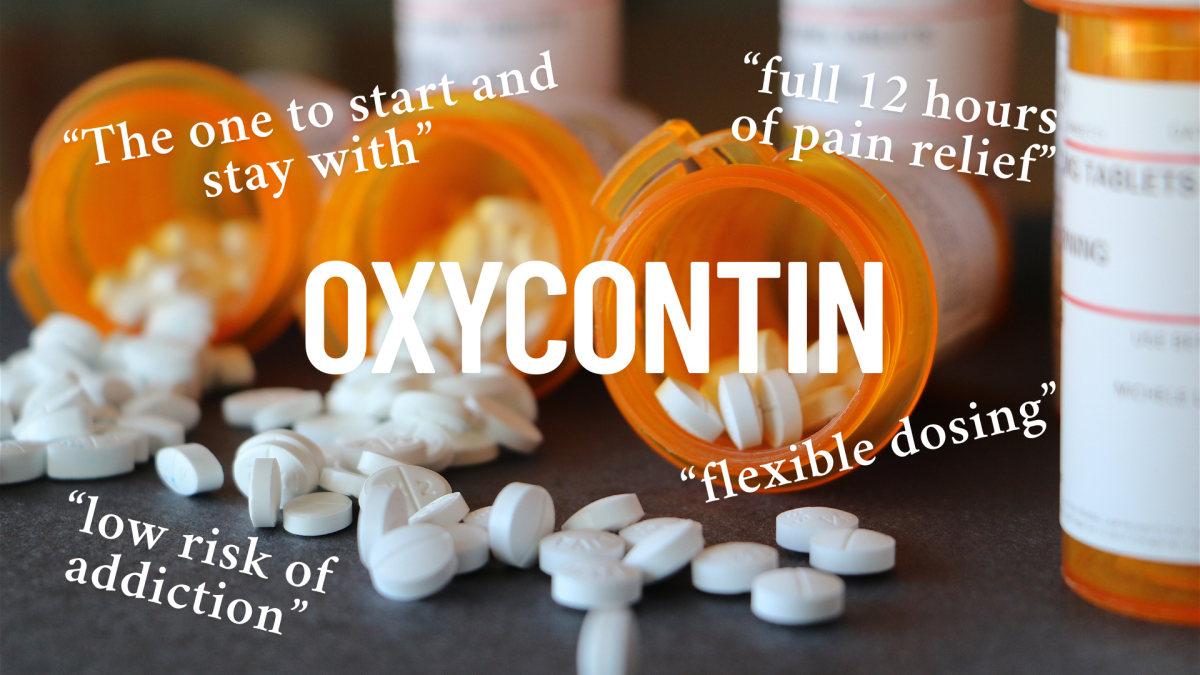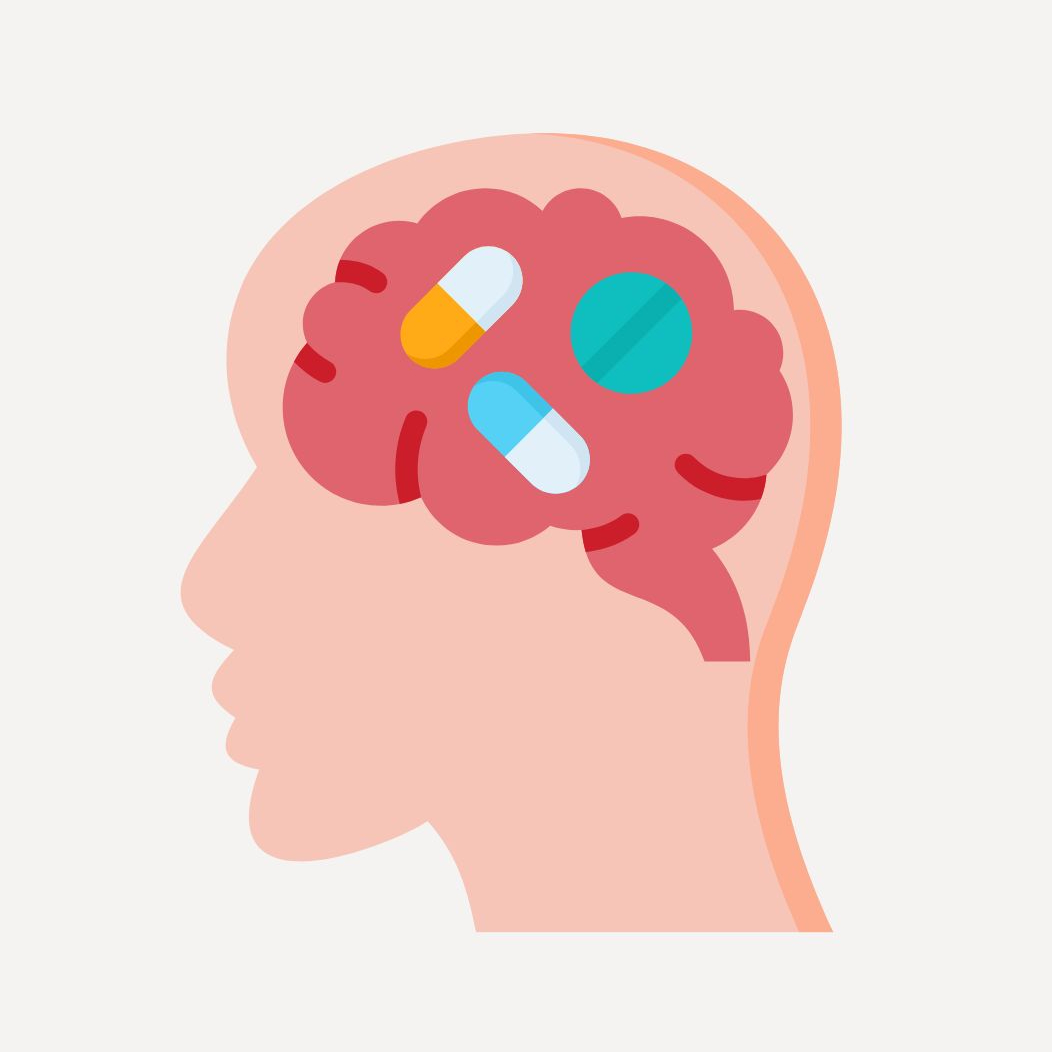Opening the season with spring cleaning: top 5 dirtiest items you don’t think to clean
Ritika Ghosh (‘23) and Julianna Diwa (‘24) both work on a project while using their computers and phones. They have no idea how much bacteria is lying on the surface of their electronics.
April 15, 2022
A person will touch over 30 items every 60 seconds, but what many don’t realize is that an abundance of those items are filthy. Do you know what the 5 dirtiest items are that you touch every day?
1. Phones
With so much use on our phones, we don’t always think about how many germs are spread all over them. Research has varied on exactly how many germs are crawling on the average cell phone, but recent statistics show more than 17,000 bacterial gene copies are crawling on the phones of high school students. Scientists at the University of Arizona have found that cell phones carry 10 times more bacteria than most toilet seats. When “30% of a virus can be transferred from a surface to your fingers, bacteria transmission is inevitable. However, less than a quarter of Americans were disinfecting their smartphone daily, as recommended.” With this in mind, it is best to start wiping down those phone screens!
2. Computer keyboards
Bringing your computer to school every day can transfer more bacteria than you can imagine. Most of the bacteria found by researchers are those that tend to live on people, usually in our skin, mouths, and nasal passages. It is likely that most of the bacteria comes from the fingers we type with. The Swinburne University of Technology in Australia found that “keyboards can have high levels of bacteria on them and that shared keyboards tend to have more bacteria than those used by only one person.” The best way to help your spring cleaning is to wash your hands before and after using a shared computer and to encourage others to do the same.
3. Water bottle lids
It is so important to stay hydrated while at school, but you know what else is important? Cleaning your water bottle. The popular Hydro Flask allows us to refill our water, but you might start to notice white and black gunk growing in the straw or lid. Stachybotrys chartarum, or black mold, is one of the most toxic mold species, and, if you aren’t cleaning your reusable water bottle properly, it is one of the tenants who might be living there. According to Better Homes & Gardens, the best way to avoid these bacteria from growing is to “use a baking soda and bleach solution to scrub the cap inside and out. Let your water bottle sit overnight, then rinse thoroughly with warm water in the morning.”
4. Car door handles
Driving or taking a carpool is an efficient way to get to school, but as we jump in the car, the door handles we touch are actively transmitting bacteria from the car to our bodies. All types of bacteria and germs can live on door handles including E Coli and MRSA. Door knobs are one of the fastest ways viruses and bacteria spread since everybody is touching them and they rarely get cleaned. Conservation Construction of Dallas says that “most people who touch dirty door handles forget to wash their hands before touching their face. That is just an invitation for bacteria to enter your body.” Remember, to always wash your hands and at least clean your car doors regularly!
5. AirPods
Jamming out to your music while using AirPods is always entertaining, but how often are you cleaning your headphones? “AirPods are susceptible to getting dirty because of the wax in your ears. Also, their case is always in your pocket, backpack, or touching other dirty surfaces,” said the Gizbuyer Guide. The best way to avoid this is to make sure your ears are clean and buy tools such as detailed brushes to help get in the small cracks of your headphones.
With this all in mind, it is best to start off your spring season by cleaning your most used items at home. By doing so, we can slow down the spread of germs and keep our daily devices sanitary.

